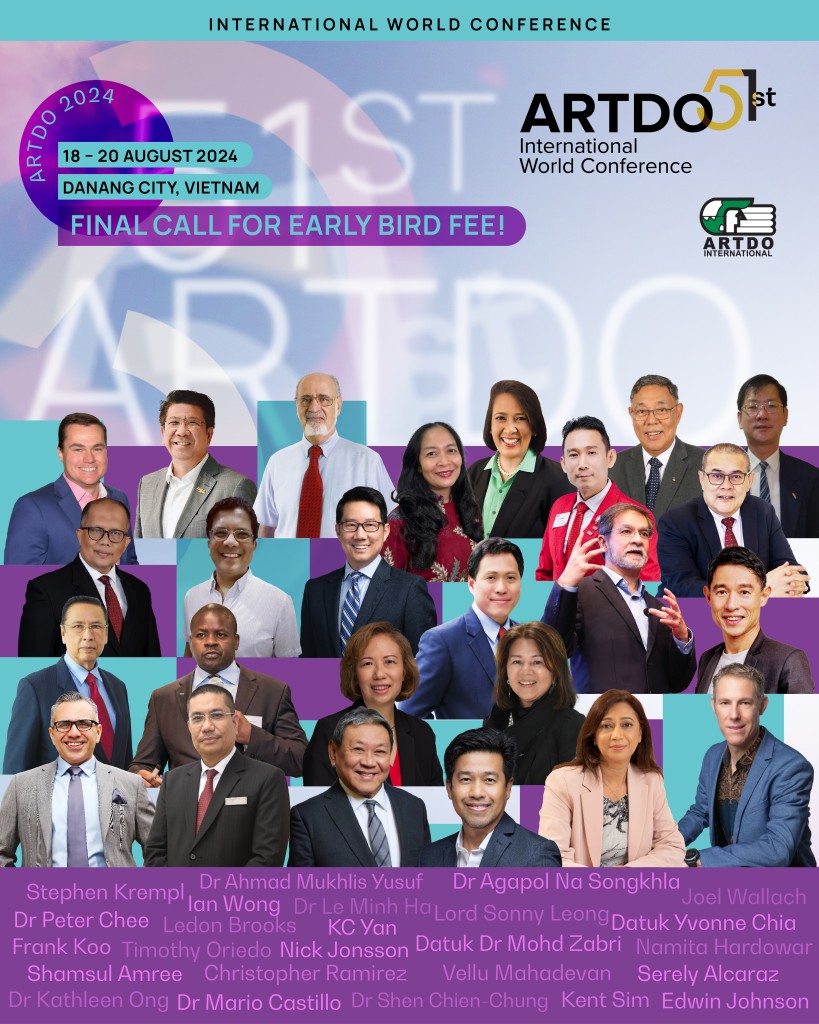


Use positive influence to energize people so that they collaborate with you because they want to, not because they have to.
Jack Canfield and Peter
Chee

EUREKA VIDEO
A Case Study of John
John was a sales engineer of a leading equipment supply company who had accumulated a number of customer complaints. In this snapshot of the conversation, see how John benefited from being coached as he was empowered to pursue his goals; aligned with business results; obtained clarity on what needed to be done; collaborated with others; and scheduled another session to put in place systems to ensure success.
John was highly motivated; he made changes and he took action to produce results. This was an effective coaching conversation that clearly demonstrates how a coach uses the positive relational influence of asking questions, listening, and caring, rather than using position.

TRANSFORMATIONAL COACHING QUESTIONS
LATEST HAPPENINGS AT ITD WORLD
ONWARDS AND UPWARDS! Our Certified Coaching and Mentoring Professional (CCMP) program is now ranked #2 globally

This globally recognized certification has developed leaders the world over to coach and mentor their teams towards professional excellence and organizational results. Drop us a line to see how coaching and mentoring enables you to live amplify your value to people around you in work and life. Kick off for the coming intake is on 29 July. See you then!
UNLEASH THE POWER OF TALENT
AND SKILL DEVELOPMENT WITH US IN DANANG!
There is still time to enjoy the early bird fee for the 51st Artdo International World Conference happening from 18 to 20 August 2024 in the picturesque city of Danang, Vietnam!
Register and pay the time-limited fee to join more than 20 thought leaders who will generously share the latest innovative approaches, insights, and best practices that builds high performance for organizations and leaders.

In addition, delve into thought-provoking discussions, forge robust networks, and create unforgettable memories with global experts and industry captains over three exciting days to unleash the power of talent and skill development.
Grab this opportunity to equip your team and you with the knowledge, skills, and tools to enable profound results. See you then!